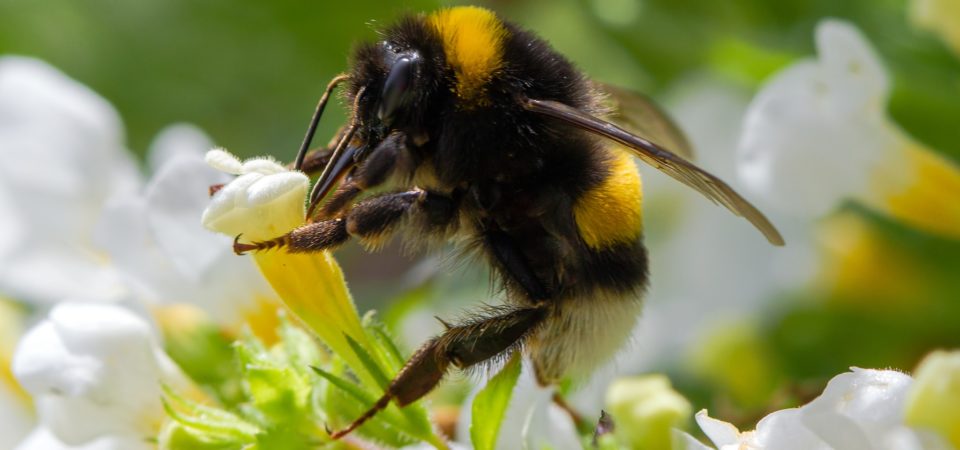File: Download
Date of Publication: October 2017
Year of Publication: 2017
Publisher: Chinese Ministry of Environmental Protection
Author(s): Gioietta Kuo
Journal: World Environment
Author Gioietta Kuo presents research on the indispensable relationship between bees and humans, how bees perform their incredible work, the threats bees face, and possible steps readers can take.
Among the steps for helping preserve bees, the author urges readers to write to political officials calling for a moratorium on insecticides proven harmful to bees, you can use this form from the NRDC to contact the U.S. EPA.
ABSTRACT
The great physicist Albert Einstein once said that: “If the bee disappeared off the surface of the globe then man would only have four years of life left. No more bees, no more pollination, no more plants, no more animals, no more man.”[1] This hopefully may never come to pass. But it is a great way of emphasizing the importance of the indispensable symbiotic relationship between us and the bees. For millions of years bees have evolved to perform an essential role in pollinating trees, flowers, and food crops on which both animals and humans depend. The bees need to eat protein from the pollen of flowers, carbohydrates from floral nectar, and we need the bees to pollinate our plants. While sucking nectar, pollen is brushed onto the bees’ body and is carried from one flower to another for fertilization. Of 100 crop species that provide 90% of our global food supply, 71% are bee-pollinated.
The value of pollination of food crops by bees in the U.S. alone is estimated at $16 billion and insect pollinators in general contribute $29 billion to U.S. farm income. [2]
Here we describe the fascinating social organization the bees have evolved in finding pollen and nectar for food and make honey, how a foraging bee finds nectar and returns to the hive to communicate to the others in the hive where to find her trove by a set of dances. It is an amazing exposition of social organization for an insect which is not supposed to have intelligence and ‘brains’. The direction of the flowers is given by the orientation of the figure 8 waggle dance, the distance to the find is conveyed through the speed and length of the dance, the amount and size depends on how vigorous and how long is the dance and finally the odor of the flowers is used to help a contingent of bees to find the trove in case more bees are needed if the find only lasts for s short time [3].
Tragically, bees today are dying at an unprecedented rate. This does not augur well for the future supply of food for our planet—in fact this problem deserves to be much better known and discussed among the most serious facing the world—an impending crisis that demands urgent mitigation. The main cause is our intensive agriculture driven by the ever increasing global overpopulation resulting in the use of toxic insecticides such as the neonicotinoids [4]. This article examines what bees contribute to the world, how they perform their work, the threats they face, and how readers at all levels—from politicians and farmers to ordinary citizens, in particular futurists—can directly help preserve bees and, in the process, save humanity.
Read the full article through the link above.
Gioietta Kuo has MA at Cambridge, PhD in nuclear physics, Atlas Fellow at St Hilda’s College Oxford and many years research at Princeton. She has written many environmental articles for World Future Review, and in Chinese – People’s Daily, World Environment, Magazine for the Chinese Ministry of Environmental Protection. She has published more than 100 articles in American and European professional journals, She can be reached at: koupet@comcast.net
The views and opinions expressed through the MAHB Website are those of the contributing authors and do not necessarily reflect an official position of the MAHB. The MAHB aims to share a range of perspectives and welcomes the discussions that they prompt.
